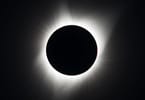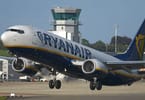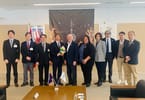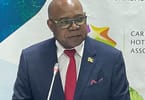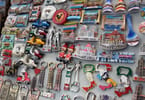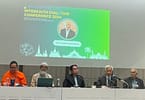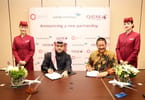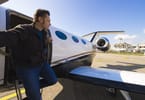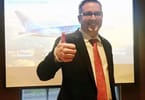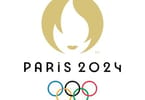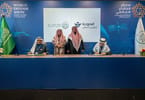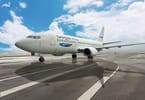Since 2008, 427,000 tourists have visited Kurdistan
Strategic projects aimed at attracting tourists funnels more money into the region, a necessary step to reduce the region’s dependence on oil.
The Kurdish Region, often referred to as “the other Iraq,” is increasingly gaining recognition as a tourist destination distinct from the rest of Iraq. Kurdistan, a land of beautiful mountains, rivers, ancient archaeological sites, and different religions, has seen a sharp rise in the number of tourists visiting it over the last year.
The majority of tourists coming to Kurdistan are Iraqi Arabs from the middle and south of the country. In the summer, thousands of Iraqis flee the hot weather of the rest of the country and cool themselves in the Kurdish mountains.
Additionally, better security conditions in Kurdistan Region attract Iraqis seeking a respite from the violence and tension afflicting non-Kurdish areas.
According to the General Directorate of Erbil Province Tourism, in the past three years the Kurdistan Regional Government (KRG) has spent 7 billion Iraqi dinars to develop tourism in Erbil province.
“Tourism has a bright future in Kurdistan,” said Mawlawi Jabbar, the general director of Erbil tourism. He added that the KRG is planning to conduct a number of strategic tourism projects in the province.
“I am confident that in the near future tourism will become one of the strongest economy sectors in Kurdistan Region,” said Jabbar confidently.
He remarked that government should heed the religious and holy sites in the region in order to protect them and also to attract more tourists to visit the region. Kurdistan Region is the home of several religions, including Muslim, Christian, Yezidi, Kakayee, and Mandaens.
He added that in Kurdistan there are more than 700 archaeological sites and very few of them have been excavated. It is the government’s national duty to protect these sites, he stated.
A source in the Ministry of Endowments and Religious Affairs said hundreds of European tourists are expected to flow to Kurdistan Region in October to visit the religious places and shrines.
The ministry’s spokesman, Mariwan Naqshbandi, said a German tourism agency will arrange to bring 700 European tourists to visit the religious places and shrines in Kurdistan Region.
According to Naqshbandi, during the last 18 years efforts for this purpose led nowhere; however, with the efforts of the Ministry of Endowments now and the Yazidi and Christian directorates in the ministry, they were able to create relationships and attract foreign tourists to the region.
Economists say that Kurdistan should not only depend on oil and agriculture; they should also depend on tourism to take advantage of the region’s dramatic landscapes and archaeological sites.
The Kurdistan Ministry of Tourism says private companies must play an effective role in developing tourism. The ministry works to create competition among hotels and restaurants to serve tourists in the best way.
“Recently we rewarded three hotels and restaurants in Erbil city because they provided the most excellent service to tourists,” said Jabbar.
Tourists and local people complain that the sightseeing areas are very dirty and full of trash. But Jabbar pointed out that some of the tourists are very careless and do not leave the places they visit clean. “We have placed hundreds of garbage baskets in the sightseeing areas, but some people do not put their trash in the baskets.”
The Ministry of Tourism is going to soon conduct a number of tourism projects in Erbil city. The head of the planning department at the ministry, Wafa Jabbar Solaqa, said the projects will cost five billion and 400 million dinars.
The projects include building a hospital to treat tourists in Koya city, building a tourism compound in Gali Ali Bag waterfall, a project to attract more people in Shanadar cave, and decorating the gates of the cities of Shaqlawa, Soran, Merga Sur, Choman, and Hajji Omaran in Erbil province.
Solaqa said since 2008 more than 427,000 tourists have visited Kurdistan Region, including 212, 000 in 2008 and 215, 000 in 2009.
WHAT TO TAKE AWAY FROM THIS ARTICLE:
- The projects include building a hospital to treat tourists in Koya city, building a tourism compound in Gali Ali Bag waterfall, a project to attract more people in Shanadar cave, and decorating the gates of the cities of Shaqlawa, Soran, Merga Sur, Choman, and Hajji Omaran in Erbil province.
- A source in the Ministry of Endowments and Religious Affairs said hundreds of European tourists are expected to flow to Kurdistan Region in October to visit the religious places and shrines.
- He remarked that government should heed the religious and holy sites in the region in order to protect them and also to attract more tourists to visit the region.




